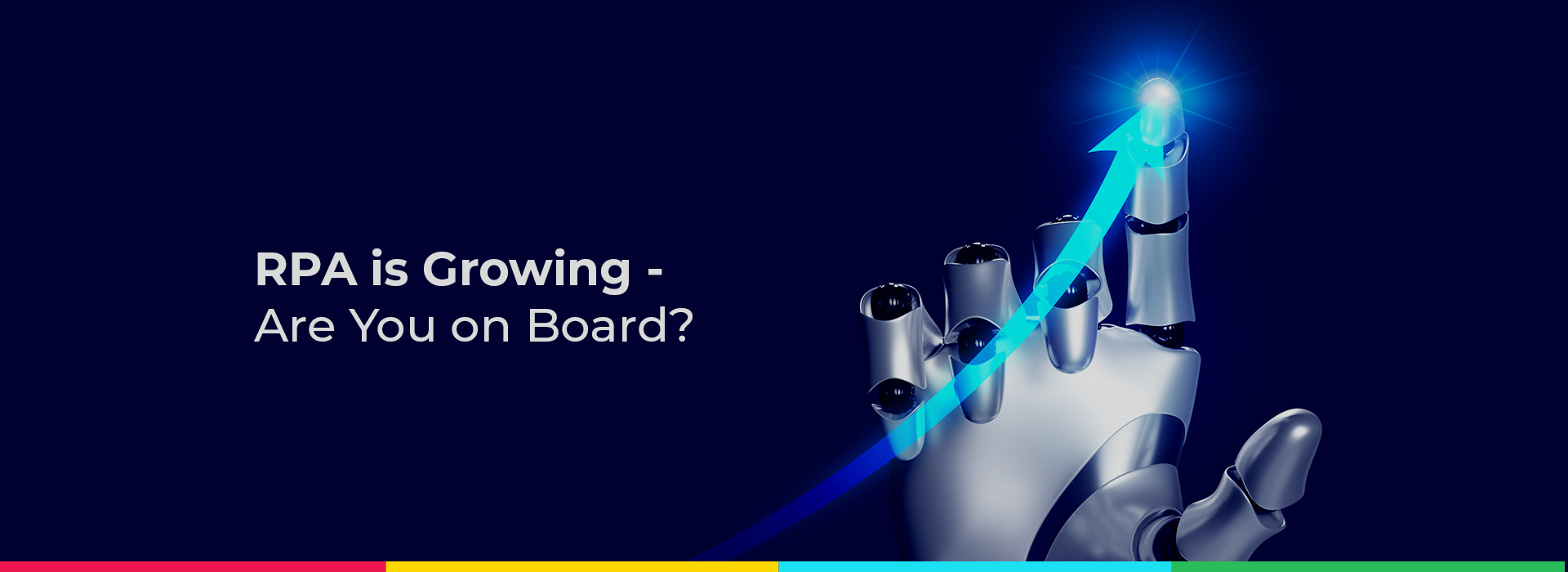
Blog
Key Technologies To Drive Artificial Intelligence Virtual Assistants (IVAs)
4 Key Technologies Used for Artificial Intelligence Personal Assistants
Intelligent personal assistant software requires conversational AI to successfully interface with users in a productive manner. For this reason, several layers of natural language and deep learning technology are required to build and operate an artificial intelligence personal assistant program.
In part one of this two-part post on intelligent virtual assistants (IVAs) we looked at the many ways this technology is being used to streamline various business operations. Here we drill down into some key technologies that are being used to power the ability of IVAs to perform a wide range of business tasks and operations.
1. Natural Language Processing
Natural language processing (NLP) is foundational for the usefulness of IVAs. It’s important to remember that computers don’t speak or think in human languages like English or Chinese or Spanish. They process data in computer languages which, at a fundamental level, are composed of 1s and 0s. This means that for computers and humans to communicate, some translation is required between the artificial computer languages and the natural human languages.
This is precisely what NLP accomplishes. It allows computers to process and interpret human languages to perform tasks on behalf of humans.
It’s true that many computers allow for communication with humans. The difference with NLP is that traditional human-computer communication requires humans to submit commands or write code in an intermediate language, such as Java, C++, and others. These languages are more human-like than 1s and 0s, but they don’t reflect normal human speech. Alternatively, a computer program may be able to understand a limited set of human words based on pre-defined fields with a limited set of allowable responses.
NLP allows any human – regardless of whether they have any coding background – to communicate with an IVA on a broad range of topics and with great flexibility.
2. Natural Language Understanding
Natural language understanding (NLU) is a key feature of any IVA. NLU is a subset of the broader concept of natural language processing (NLP). While NLP generally refers to the ability of computers to process and interpret natural language, NLU refers to specific NLP functions, including sentiment analysis and the ability to summarize large amounts of data.
As an advanced form of NLP, NLU represents a higher level of function for IVAs, allowing them to take on more complex tasks on behalf of their human users. For example, an IVA with NLU capabilities could download a large technical text and summarize it for a human user. This requires not only the ability to read and understand human language but also sufficient comprehension of the text to dilute the content into a much smaller summary, capturing the relevant, high-level points.
3. Natural Language Generation
Natural language generation (NLG) is another subset of NLP. While NLU is the ability for computers to understand a human language input, NLG is the technology that allows computers to generate human language output, whether in text or sound. The ability for an IVA to tell a human user the weather or give a verbal reminder or provide a written summary of a larger text are all examples of NLG.
To the extent users want IVAs to mimic the capabilities of human personal assistants, the ability to generate natural language content and responses is essential.
4. Semantic and Deep Learning
Semantic and deep learning refer to efforts to train computers to think and learn like humans, based on the science of the human brain and neural networks. These technologies allow computers to make connections among data to inform decisions and interactions with humans.
For example, it is semantic and deep learning leveraging the experience and data the program has acquired from previous interactions, that allows a computer to understand that “star” could refer to a celestial body, a shape, or a popular culture personality and to assess which meaning is intended in a given context.
Semantic and deep learning rely on networks, and networks generally get better or more useful the larger they become. For IVAs this means that the more data they acquire and the more experience they have processing that data in a variety of contexts, the better they become at understanding the meaning of words and concepts used by humans. In other words, semantic and deep learning are a core part of training IVAs to think more like humans, which, of course, is essential to creating more human-like virtual assistants.
Speech recognition is another feature of IVAs, not only for English-speaking people, but to recognize and translate spoken language for callers from other countries. In addition, this technology can be helpful for people who are physically challenged. Speech-to-text capabilities are also provided.
Architectural Approaches to Building IVAs
While they are highly versatile because of the complexity of their component technologies, IVAs do not have to be built the same way to operate effectively.
There are three primary approaches to the architecture of IVA: application of linguistics, machine learning, and rule-based knowledge programming.
- Application of linguistics refers to the ability of a computer program to process and understand a natural language (i.e., English). Through NLP and NLU, IVAs can comprehend spoken or written commands and questions and act accordingly.
- Machine learning refers to the ability of a computer program to improve its functions over time based on its experience performing those functions and its accumulation of data.
- Rule-based programming works by processing data through human-created rules to make decisions.
Key Uses of Intelligent Virtual Assistants
Because AI virtual assistants can help humans more rapidly and effectively communicate with technology, they are used for several business and consumer applications. Their applications can be boiled down to the following four situations.
- Conversational AI for business
- Reading and responding to emails and SMS text
- Communication with leads, prospects, customers, and employees in a human-like manner
- Multi-language communications
IVA is frequently applied to support roles such as Sales, Marketing, Customer Success, Account Management, HR, Recruitment, Employee Productivity, and Higher Education Admissions.
Virtual assistant software using artificial intelligence is especially helpful with tools that offer multi-communication channels, like Microsoft Teams, Text, Alexa, Siri, Email, SMS, etc.
For example, an intelligent virtual assistant can be used with emails to detect the intent of an email, identify the important information within, automate subsequent processes for which the email calls, and respond with personalization. This can turn a highly time-consuming and productivity-killing task like managing an email inbox into an intelligently handled process.
Even with the advanced technologies that power IVA, there are still limits that an AI assistant for business will struggle to overcome. Fortunately, Artificial Intelligence enriched with the power of data analytics and predictive analysis can offer a unique and personalized conversational user experience.
Trust NITCO with Your AI Development and Implementation
Your business has complicated processes that can be streamlined using Artificial Intelligence, but not all AI systems are created equal. NITCO is a technology services company with skilled resources for custom Artificial Intelligence development solutions that can help codify your needs and build systems to help automate the tedious tasks that devour valuable labor hours.




 US Headquarters
US Headquarters India office, Hyderabad
India office, Hyderabad